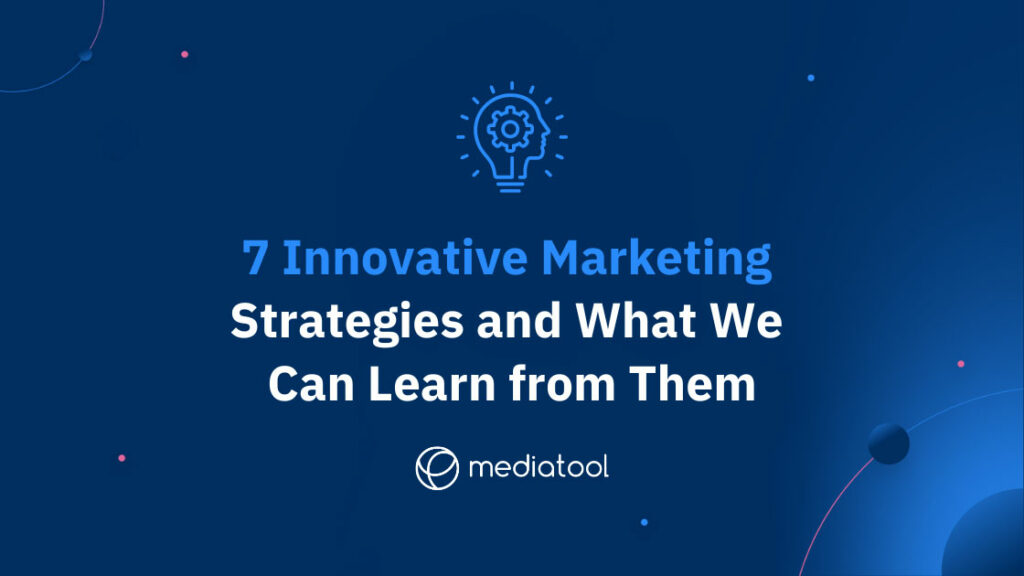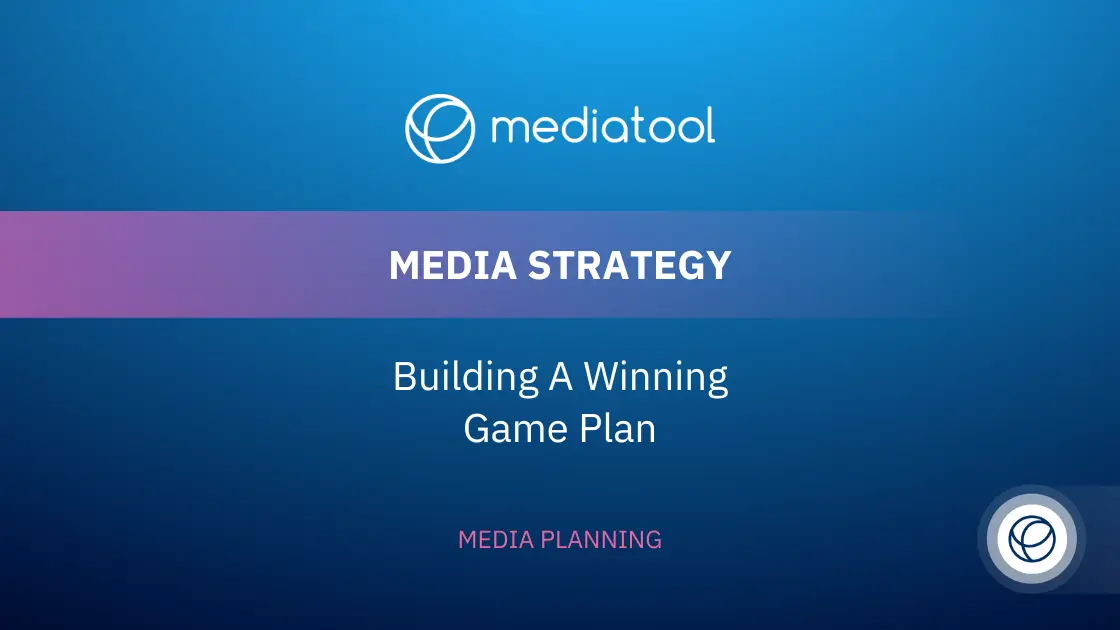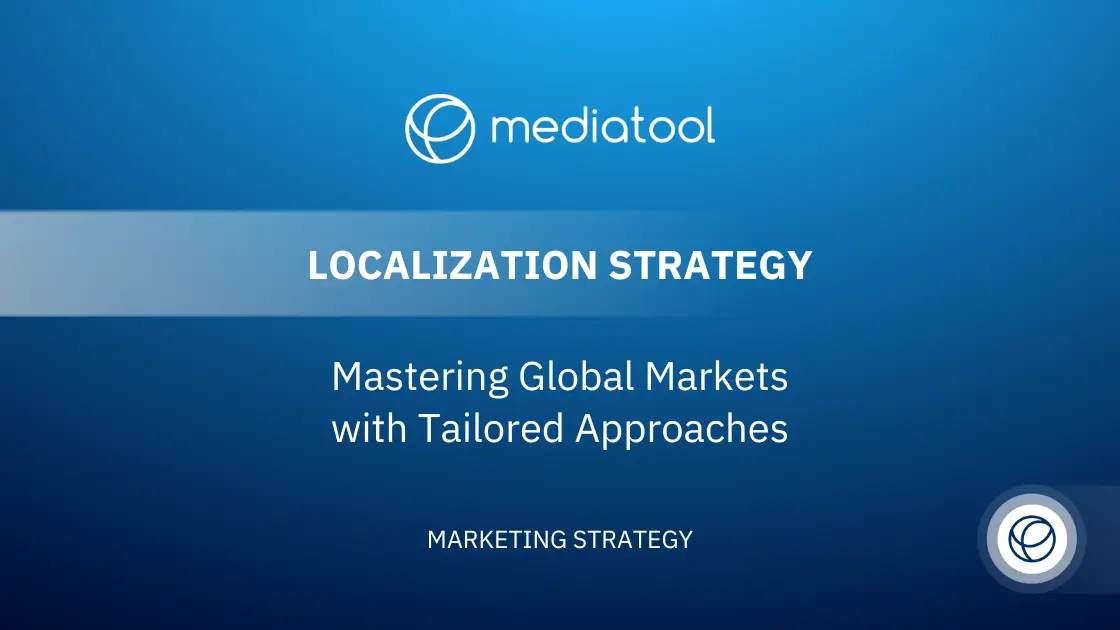Are you searching for new and effective ways to market your business? In a world where technology constantly evolves, relying on the same old marketing tactics can leave your company lagging. Embracing innovative marketing strategies is key to staying competitive, especially when resources are constrained.
Innovative marketing is all about thinking creatively and combining traditional and digital marketing techniques in unique ways. This approach can catapult your business ahead of the competition. There are numerous methods to engage your target audience, from utilizing automated marketing tools and collaborating with influencers to creating interactive content and developing customer loyalty programs.
This guide will explore various innovative marketing strategies, focusing on how they can attract new customers, satisfy and retain existing customers, and explore new markets.
We’ll cover how these methods can enhance customer satisfaction, maintain customer relationships, and foster brand loyalty.
By adopting these innovative marketing methods, your business can not only increase sales but also build a loyal customer base and stay ahead of current trends in marketing innovation.
What Is Innovative Marketing?
As the name suggests, innovative marketing is about being creative and uncovering fresh ideas to engage your customers. It’s about understanding the current trends in marketing and then taking it one step further to create something new and exciting. Innovative marketing can be anything from a creative campaign or concept to a fresh approach to traditional marketing techniques that sets your business apart from the competition.
Innovative marketing covers researching the needs and wants of your target audience, understanding their behavior patterns and preferences, and developing prototypes or changing existing processes to reach them. It’s also about launching, pricing, and promoting a product uniquely.
7 Awesome Examples of Innovative Marketing Strategies
If you want to boost your marketing game, here are some of the best innovative marketing strategies you can use in your business:
Brand Repositioning
Repositioning can be a powerful strategy for revitalizing an existing brand and updating its image in the market. By analyzing strengths and weaknesses, opportunities and threats, you can reposition your brand to improve its visibility. It involves changing the message and tone of your brand, updating visuals and logos, and even renaming your company or products.
With the right brand repositioning strategy, you can open up new markets, connect with existing customers on a deeper level, and create a powerful impact.
Example: Gucci
Gucci is an excellent example of successful brand repositioning. In 2015, the company changed its focus from high-end luxury to approachable fashion, emphasizing bright colors, streetwear styles, and unexpected designs. They polished their logo, reworked their branding, and targeted younger customers with a more street-centric feel. As a result, Gucci’s sales skyrocketed, transforming it from a traditional luxury brand to a fashion powerhouse.
The best thing about Gucci’s innovative marketing strategy is that they didn’t change the fundamental values of their brand; they just updated it to fit a new audience.

Social Media Marketing
Social media is no longer just a platform for broadcasting messages; it is an interactive space to engage with customers. You can use it to connect with your audience, build relationships, and create conversations to help you stay on top of your mind. From targeted ads to branded content, there are many ways for businesses to use social media as part of their marketing strategy.
By leveraging the power of social media, you can create campaigns and contests to increase visibility, share content that resonates with your audience, and measure your performance through analytics.
Example: Dove
Dove’s “#ShowUS” campaign is a great example of how an innovative social media strategy can have a powerful effect. In 2019, the beauty brand created a powerful campaign to promote body positivity and challenge traditional notions of beauty. They asked women worldwide to share their stories and images that showed what beauty looks like to them. The response was overwhelming, with over 1.6 billion people engaged in the campaign, and it successfully promoted Dove’s message of self-love.
This campaign is an excellent example of how businesses can use social media to create meaningful conversations and drive engagement.
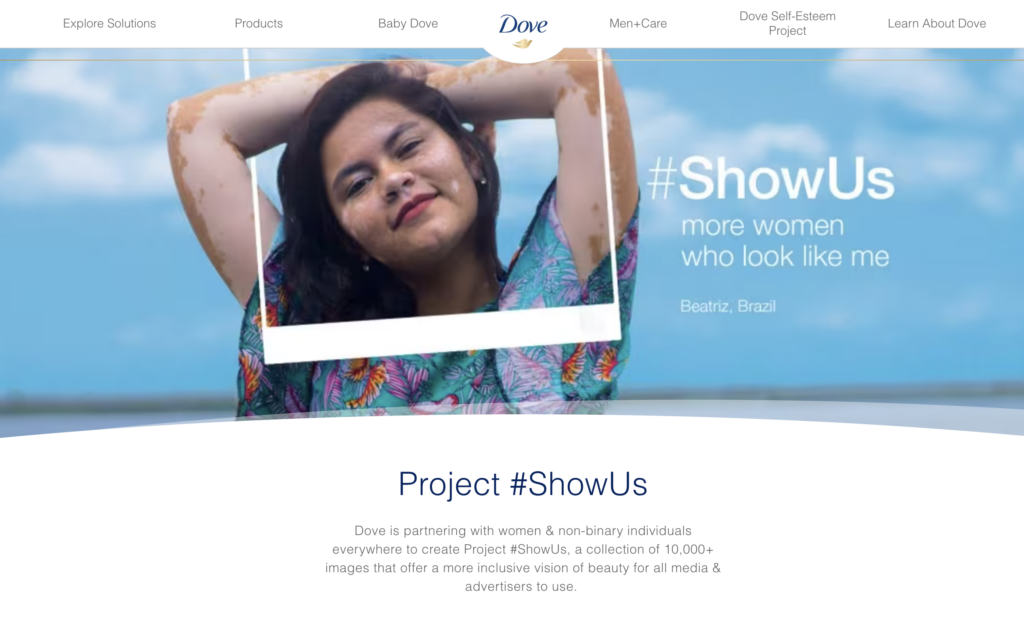
Retain Customers With Loyalty Programs
Acquiring a new customer is much more expensive than retaining an existing one. You can reward repeat customers by offering loyalty programs and incentives to increase sales and build brand loyalty. You can create custom reward programs that offer exclusive deals, discounts, and other perks to customers who regularly shop with you.
From point systems to subscription boxes, loyalty programs effectively engage customers and encourage them to return.
Example: Starbucks
Starbucks’ reward program is one of the most successful loyalty programs. The program allows customers to collect stars for every dollar they spend ordering through the mobile app. Customers can redeem stars for free drinks and food items as they accumulate stars. These days, this strategy is quite common, but Starbucks was one of the pioneers in implementing it.
The best thing about loyalty programs is that it’s a win-win: customers get rewards, and businesses increase customer engagement and sales.
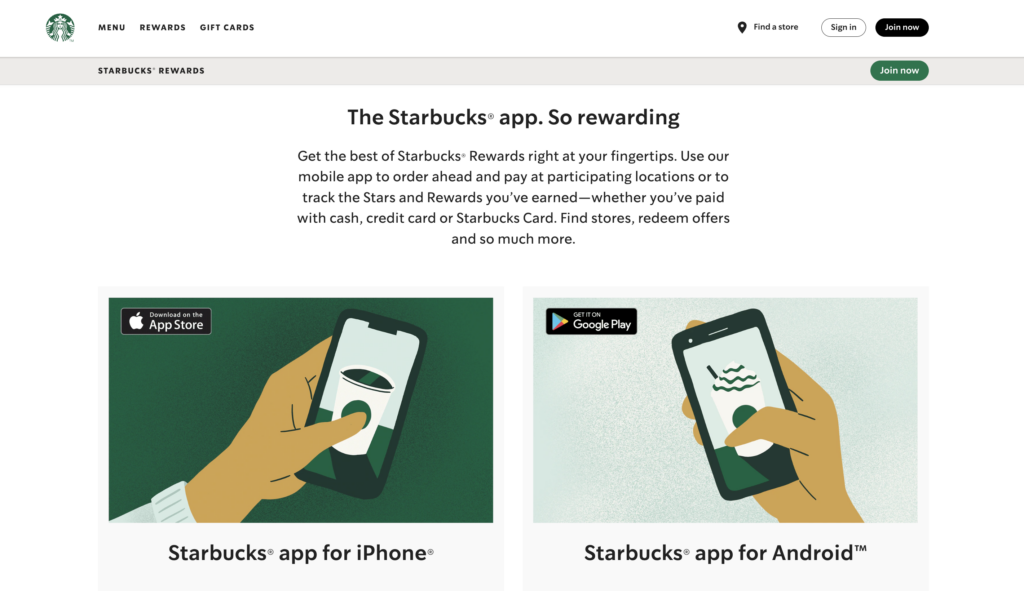
Create Educational Content
When it comes to content marketing, educational content can help you establish your business as an authority in the industry. Whether creating blog posts, webinars, or videos, you can use educational content to demonstrate your expertise and provide valuable information to your audience.
With educational content, you can create customer engagement, build relationships with your customers, and increase the number of leads for your business.
Example: Colgate
Colgate’s Oral Care Center is a great example of how educational content can help establish your business as an authority. The site provides detailed information about oral health, advice on maintaining good oral hygiene, and tips for choosing the right products. By raising awareness of oral health, this website motivates customers to purchase products they may not have considered previously.
The style in which this educational content is presented makes it easy to comprehend and provides valuable information without being overly promotional.
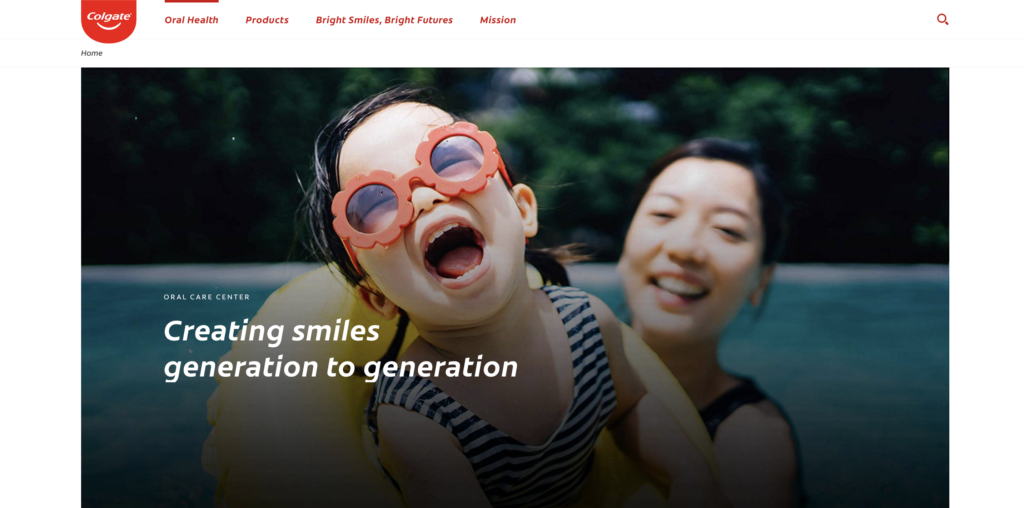
Adjust Your Price
Price is a significant factor in the decision-making process for many consumers. By revisiting your prices and adjusting them to reflect current trends in the market, you can increase your profits and attract new customers. Different pricing tactics, such as after-pay, bundle deals, and subscription models, can also help increase sales.
By adjusting your prices strategically and understanding the pricing preferences of your target audience, you can implement effective pricing strategies to boost your profits.
Example: Wave
Wave, an invoicing and accounting software company, offers users to sign up for a free account with many features. Wave allows customers to use free invoicing, accounting, and banking features unlike other software companies. Customers can upgrade to a paid plan with more premium features as they become more invested in the product.
One of the most significant benefits of employing this pricing strategy is that it helps Wave expand its customer base with no upfront cost.
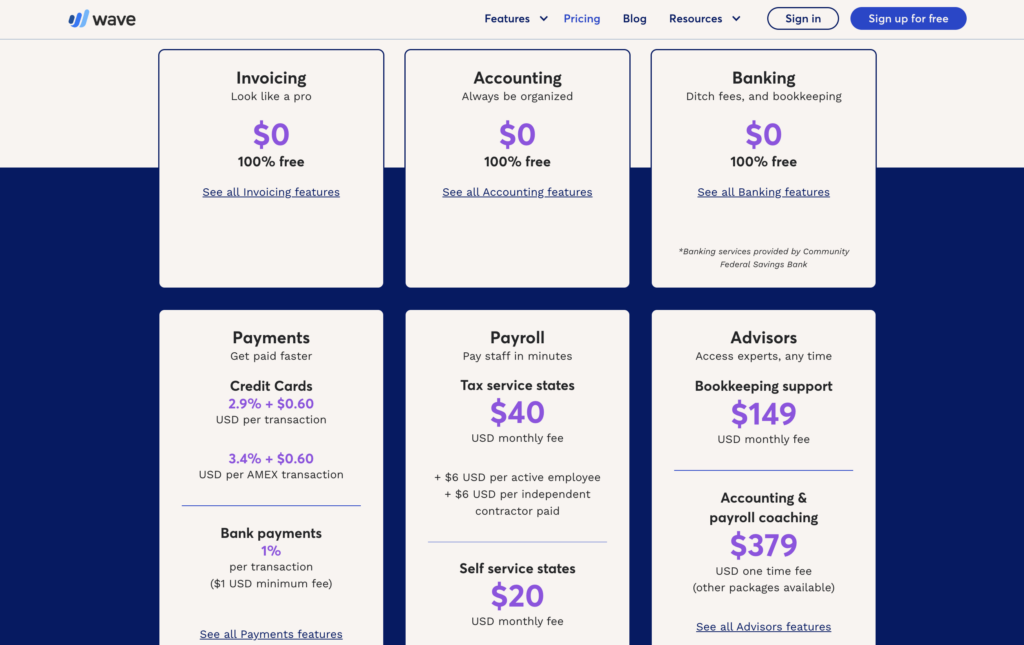
Partner With Non-profit Organizations
Partnering with non-profit organizations is a great way to increase visibility for your company and show that you care about making a difference in the world. You can team up with non-profits to create a joint campaign, donate a portion of your proceeds to their cause, or even offer discounts to customers who support their mission.
This not only helps you reach new audiences but also creates a positive impact in the community and fosters goodwill towards your company.
Example: Gillette
Since 2012, Gillette has partnered with Movember to raise money and awareness for men’s health. Every November, Movember encourages men to grow mustaches to raise funds and awareness for men’s health. To promote the Movember Challenge and raise vital funds, Gillette provides a complimentary razor to anyone who signs up and sells their ‘King C. Gillette Movember Styling Kit.’ With these initiatives, they show their support for this incredible charity.
This is a great example of how companies can collaborate with non-profit organizations to make a difference in the world while promoting their products.

Explore New Geographies
When it comes to innovative marketing, expanding into new geographies can provide a wealth of opportunities for businesses. Launching targeted campaigns in different regions and countries allows you to tap into new markets and reach more potential customers.
From language localization to localizing content, there are many ways to reach customers in different countries. With the right strategy, you can reach new markets and increase your brand’s visibility on a global scale.
Example: Airbnb
Airbnb, a global marketplace for accommodation and experiences, has expanded into new geographies by localizing its services. Founded in 2008 in California, they now have over 1,500,000 million listings in 34,000 cities worldwide. By targeting different countries with language localization, they have tapped into new markets and reached a global audience.
The best thing about this strategy is that it allows Airbnb to create a global presence without investing heavily in expansion. Localizing their services made their product more accessible to customers worldwide.
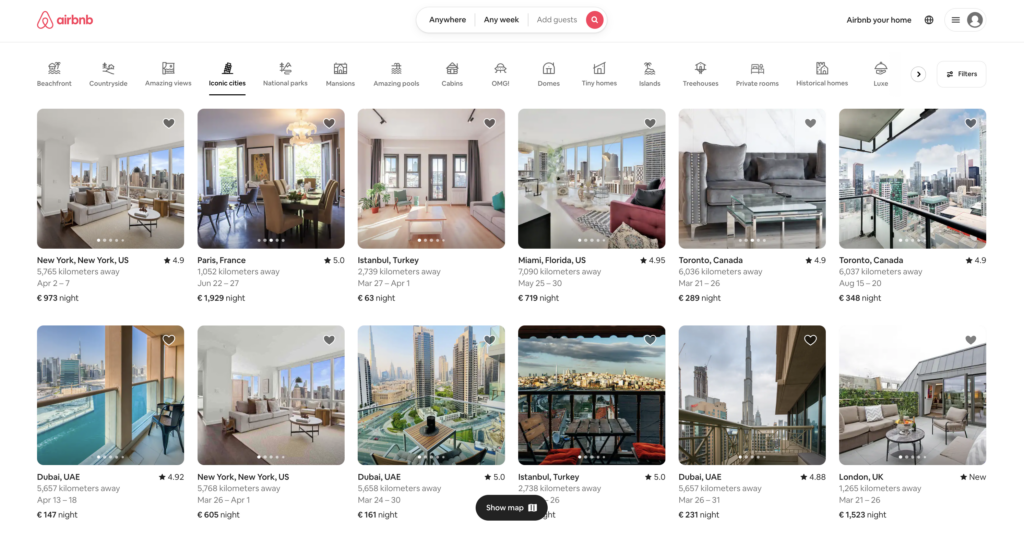
Leveraging Technology and Innovation in Marketing
In today’s rapidly evolving business environment, leveraging technology and innovation has become pivotal for marketing success. This section will explore how businesses can utilize cutting-edge technologies and innovative strategies to enhance their marketing efforts, reach a broader customer base, and stay ahead of the curve in the competitive market.
Augmented Reality Experiences:
Augmented reality (AR) technology has opened new doors for interactive and immersive marketing campaigns. By incorporating AR, companies can provide personalized experiences that engage customers in a novel and memorable way, leading to increased brand loyalty and customer satisfaction.
Example: IKEA’s AR app allows customers to visualize how furniture would look in their homes before making a purchase, significantly enhancing the customer experience and decision-making process.
Virtual Reality for Product Demonstrations:
Virtual reality (VR) offers a unique platform for product demonstrations and virtual tours, giving customers a detailed and immersive view of products or services.
Example: Automotive companies like Audi use VR to provide customers with virtual test drives, offering a dynamic and innovative way to experience their vehicles.
Digital Makeovers for Traditional Businesses:
Traditional businesses can undergo digital makeovers, integrating new technologies into their business models to improve customer engagement and market reach. This could include digital platforms for services, online ordering systems, or mobile apps.
Example: Restaurants have embraced online ordering systems and in-store digital experiences to cater to tech-savvy consumers and streamline their services.
Disruptive Innovation in Market Approaches:
Implementing disruptive innovation strategies can help companies break into new markets and attract attention in saturated markets. This involves introducing groundbreaking products or services that redefine market standards.
Example: Companies like Tesla have revolutionized the automotive industry with electric vehicles, setting new trends and appealing to environmentally conscious consumers.
Utilizing Big Data for Market Research:
Big data analytics allow businesses to understand customer behavior, preferences, and trends more effectively. This can inform targeted marketing campaigns and product development to meet the specific needs of different customer segments.
Example: Streaming services like Netflix use big data to analyze viewer preferences and develop content that resonates with their target audience.
Innovative Products as a Marketing Tool:
Developing innovative products can itself be a powerful marketing strategy, attracting customers through uniqueness and utility.
Example: Tech companies often release innovative gadgets with unique features that immediately generate buzz and interest among tech enthusiasts.
Hosting Events and Experiences:
Hosting events, both in-person and virtual, can create engaging experiences that connect customers with the brand. These events can range from product launches to educational workshops.
Example: Tech conferences and expos are great platforms for companies to showcase new technologies, products, and services, engaging directly with potential customers and industry peers.
By incorporating these innovative strategies and technologies, companies can not only improve their marketing effectiveness but also build stronger customer relationships, increase sales, and stay relevant in an ever-changing market. This approach demonstrates a commitment to innovation, catering to the needs and interests of modern consumers.
Final Thoughts
In today’s business landscape, embracing the most innovative marketing strategies is vital for standing out and achieving success. Companies striving for distinction and growth should consider partnering with forward-thinking innovative marketing companies like Mediatool. Mediatool exemplifies marketing innovation, offering a comprehensive platform for businesses to plan, execute, and analyze their marketing strategies.
With Mediatool, businesses can adopt innovative marketing methods that go beyond traditional marketing techniques, focusing on maintaining customer relationships and fostering loyalty. The integration of customer loyalty programs is a testament to the platform’s commitment to retaining loyal customers and expanding the target market. Mediatool provides a multitude of examples of innovative marketing, showcasing how companies can leverage marketing innovations to stay ahead.
The synergy between innovation marketing and traditional approaches in Mediatool’s platform ensures that businesses can navigate the complexities of modern marketing landscapes. The platform’s ability to generate personalized marketing campaigns caters to the specific needs of a diverse target market, demonstrating how innovative marketing can transform conventional business models.
As a result, businesses using Mediatool can expect to see a significant impact on their customer base, benefiting from increased loyalty and a broader reach. This makes Mediatool an exemplary case of how adopting marketing innovations can lead to substantial growth and success in the ever-evolving world of business. Book a tour of Mediatool today and see how it can bring a new dimension to your marketing efforts, driving your business towards remarkable achievements.
